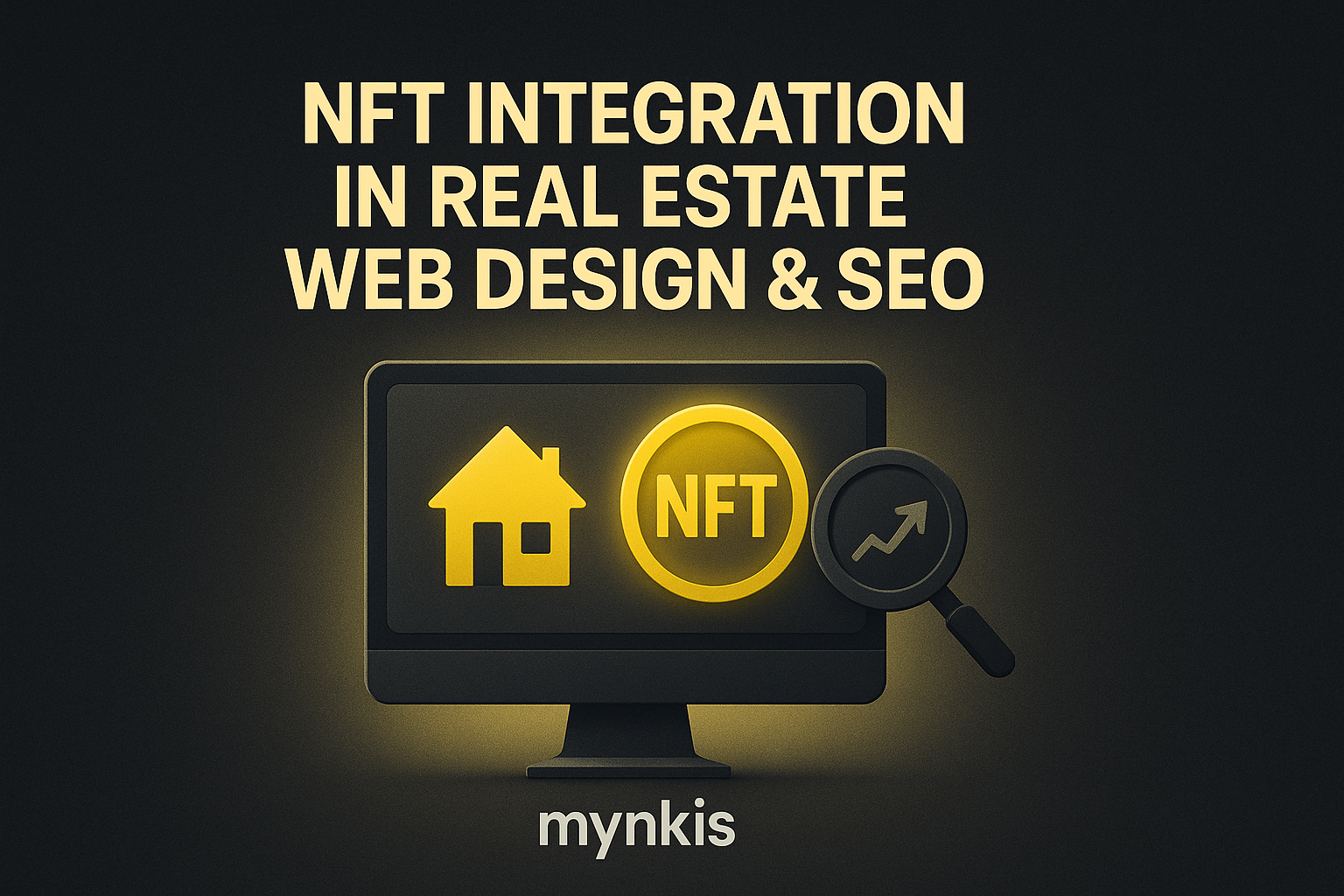Schedule a Demo
Embracing the digital art revolution isn't just about staying current; it's about reshaping the landscape of how your brand is perceived online. In my work with top-tier business leaders across various sectors, I've witnessed a growing curiosity around non-fungible tokens (NFTs) and how they could transform a standard website into an interactive, collectible showcase.
NFTs, or non-fungible tokens, have surged in popularity, offering a way to own unique pieces of digital art. From Beeple's record-breaking sale to smaller, niche collections, NFTs represent a new frontier in art ownership and investment. Integrating these into a website isn't just trendy; it opens a dialogue about art, technology, and value in the digital age.
In designing websites for brokerage firms, blending digital assets into your listings can provide a fresh, dynamic user experience. Imagine a property listing featuring an accompanying piece of NFT art that's tied to the listing's locale or theme. Not only does this enhance visual appeal, but it also introduces an interactive element that can engage visitors in ways traditional images simply can't.
SEO isn't just about keywords anymore; it's about creating a rich, engaging user experience. Integrating NFTs into your website can improve SEO through enhanced engagement metrics. Users spending more time exploring the NFT art associated with listings means higher dwell times and lower bounce rates, signals Google loves.
Local SEO can particularly benefit from NFT integration. By geotagging digital assets and associating them with specific real estate markets, you align your content more closely with local search queries, making your listings more relevant in regional search results.
Integrating NFTs into a website involves both frontend and backend development. On the frontend, ensuring that the digital assets load efficiently without compromising site speed is key. Utilizing lazy loading for high-resolution NFT art can maintain performance while enhancing visuals.
On the backend, setting up smart contracts to manage ownership and display rights of NFT art within your listings requires careful planning. Collaborating with experienced developers versed in blockchain technologies is essential to securely and correctly handle these aspects.
Not all audiences understand NFTs, which might create a barrier. Addressing this involves not only an informative section on your site about what NFTs are and how they work but also user-friendly ways to interact with the NFTs, perhaps through simplified user interfaces or educational pop-ups.
Another potential challenge is the volatility of the NFT market. To mitigate, consider how you'll display NFTs' value—a fluctuating metric—in a way that does not affect the perceived value of your property listings. Displaying NFT art solely as a decorative and engagement tool, rather than as a market-linked asset, can alleviate this concern.
There's no better way to illustrate the power of NFT integration than by looking at successful implementations. For instance, a high-end real estate firm in Miami has introduced NFTs to represent exclusive listings, allowing potential buyers to 'own' a piece of digital art associated with their future home. This approach not only differentiates their listings but also creates a buzz in a competitive market.
In another example, a boutique agency in Los Angeles showcases NFTs from local artists within their properties' online galleries, boosting both the agency's and the artists' visibility. This creates a symbiotic relationship where art and real estate intersect, driving higher engagement and ultimately, improving SEO through greater time spent on site.
The integration of NFT art into website design is more than a trend; it's potentially the way we will continue to innovate how digital properties are presented online. For brokers looking to enhance their SEO through locally relevant, immersive content, exploring NFTs offers a pathway few have yet to tread upon fully.
Based on available research, individual results with NFT integration will vary; however, the potential for boosting engagement, enhancing user experience, and improving SEO remains compelling. As technology evolves and markets mature, the integration of digital assets into real estate platforms will only become more sophisticated and impactful.
